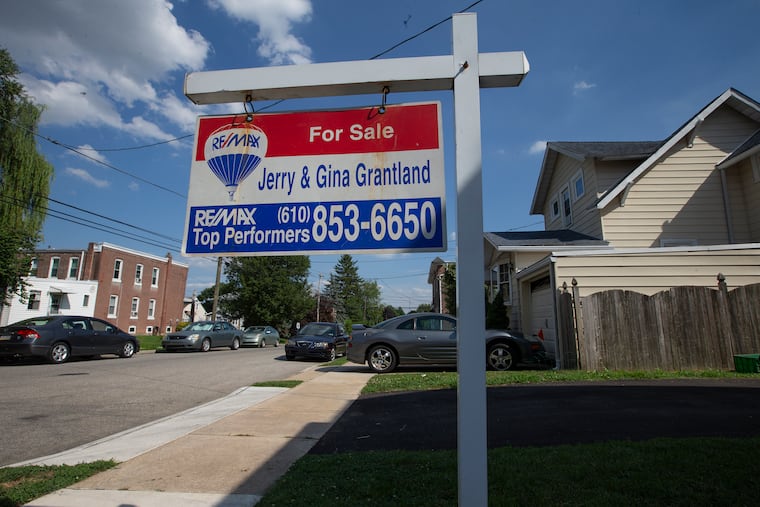As pandemic began, suburban Philly house sales went up and prices dipped, the opposite of the city market
“The sharp difference between the market’s numbers for the city and its suburbs is both notable and relatively unusual,” a Drexel researcher said.
